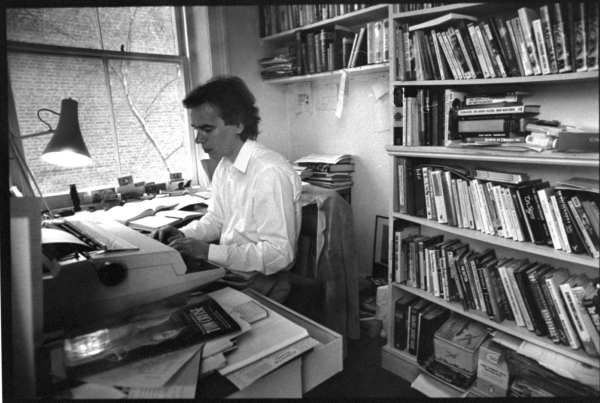Time is a slippery accomplice. It flatters you with abundance, all 24 hours of it, then betrays you by vanishing the moment you glance away. For years– and I’d like to recall a certain, aged viral video here– for years, I’ve moved through life like that funny little raccoon who attempted to clean the cotton candy given to him by sinking it into a pond; I would watch as time fast dissolved in the irreverent stream of life, and my hands, grappling at nothing but sugar water and the pit in my stomach. They say time waits for no one, but I didn’t need it to stay—I just needed it to announce its presence, to stop slinking around like a little Parisian thief.
We’ve all stared down into the barrel of time blindness, a peculiar disorientation where hours evaporate into thin air. I didn’t have a name for it at first. I just knew that while others moved steadily through their days, I was left floundering, lost in the fog of unfinished tasks, and intentions unmet. The clock, I thought, was not my enemy. The problem was I couldn’t hear it ticking.
TIME BLINDNESS
Enter the timer, a small, inelegant device punctuating my life in thirty-minute bursts. The rules are simple: set it, let it count down, and reset when the alarm goes off. There’s no promise of productivity here, only awareness. Time no longer drifts by unnoticed; its passing is now marked and accounted for. And in those thirty-minute stretches, I can pause—did I move forward, or did I stand still? Either answer is adequate. What matters is that I know I am no longer operating in the dark. I am not sinking my cotton candy into the pond.

RUMINATION AND ANXIETY
But time is only part of the equation. There’s another force, more persistent, more insidious: anxiety. Anxiety turns your own mind against you, dragging you into a loop of self-recrimination. It’s a monologue that repeats and amplifies: You’re lazy. You’re failing. You’re letting everyone down. I used to try and fight it, to wrestle these thoughts into submission. It didn’t work. What’s that pretty little saying, ‘can’t fight fire with fire’?
Instead, I write them down. The act feels absurd at first—taking the voice in your head, the one that feels so large, so loud, and reducing it to a few measly sentences on a page. But there’s a peculiar power in that. Once written, the thoughts are smaller, confined to the space they occupy on paper. They are not facts, only claims, and claims can be contested.
So I interrogate them: “I’m lazy.” Evidence for? I avoided a deadline yesterday. Evidence against? I also completed three other tasks. Slowly, a pattern emerges: the thoughts are brittle, illogical. They crumble when pressed. Writing them down doesn’t cure the anxiety, but it breaks its momentum and lets me turn my focus outward again.

PROCRASTINATION
Then there’s the treadmill, a solution as strange as it is effective. I don’t run—I walk, my pace steady, my iPad propped up on the machine’s control panel as if it were a skilled circus girl. I’m told there’s a science to it: something about movement sparking focus, about the body in motion waking up a sluggish brain. But it’s not the science that keeps me going; it’s the much-needed stimulation that yanks me out of my otherwise absent, stagnant mode of being.

END NOTE
These aren’t cures, of course. They’re tactics, small strategies for navigating the chaos. I’ve learned to live in fragments—thirty-minute increments, single written sentences, one step at a time. It’s not perfect, but it’s enough. For now, it’s enough. And maybe that’s the point: not to master time, anxiety, or the restless pull of the mind, but to find a way to move through it. To keep going, step by step, word by word, until you find yourself somewhere new.




















